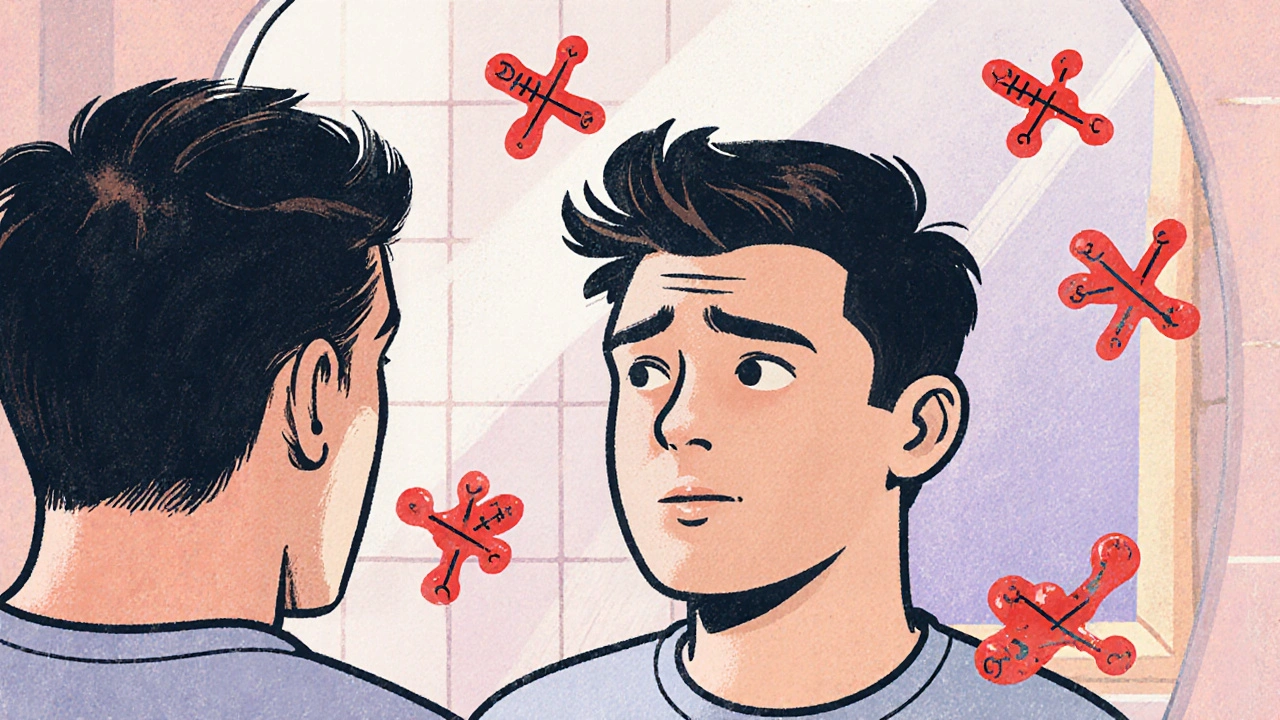Finasteride: Uses, Benefits, and What You Need to Know
When working with Finasteride, a prescription medication that blocks the conversion of testosterone to dihydrotestosterone (DHT). Also known as Proscar or Propecia, it’s widely used to treat hair loss and enlarged prostate. If you’re looking at Finasteride for hair or prostate health, this guide breaks down everything you need.
Finasteride belongs to the 5‑alpha‑reductase inhibitor class. By stopping the enzyme that creates Dihydrotestosterone (DHT), the hormone that shrinks hair follicles and enlarges prostate tissue, the drug lowers DHT levels throughout the body. Lower DHT means less follicle mini‑aturization, which translates to slower hair shedding. At the same time, reduced DHT eases pressure on the prostate gland, improving urinary flow. In short, Finasteride reduces DHT, which helps combat both hair loss and prostate enlargement.
When it comes to hair loss, specifically androgenic alopecia, the most common type in men and many women, Finasteride is one of the few FDA‑approved oral options. Typical dosing for hair loss is 1 mg daily, taken with or without food. Most users notice a gradual thickening of existing hair after three to six months, with optimal results at the one‑year mark. The drug works best in the early stages of thinning, when follicles are still viable but shrinking.
For prostate enlargement, also called benign prostatic hyperplasia (BPH), the standard dose is 5 mg daily. By shrinking the prostate, Finasteride can reduce nighttime bathroom trips, improve stream strength, and lower the risk of acute urinary retention. Men with moderate BPH often combine the medication with an alpha‑blocker for faster symptom relief.
Safety is a big part of the conversation. Common side effects include reduced libido, mild erectile changes, and occasional breast tenderness. Most issues are reversible after stopping the drug, but a small percentage of users report persistent changes. Regular check‑ups with a doctor, baseline PSA testing, and honest reporting of symptoms keep the treatment on track. Knowing how Finasteride works, who benefits most, and what to watch for will help you decide if it’s the right fit. Below you’ll find a curated collection of articles that dive deeper into each of these topics, from dosing guidelines to real‑world experience reports.

- 4 Comments
A detailed side‑by‑side look at Finpecia (finasteride) versus common hair‑loss and prostate alternatives, covering how they work, costs, side effects, and when to choose each.
